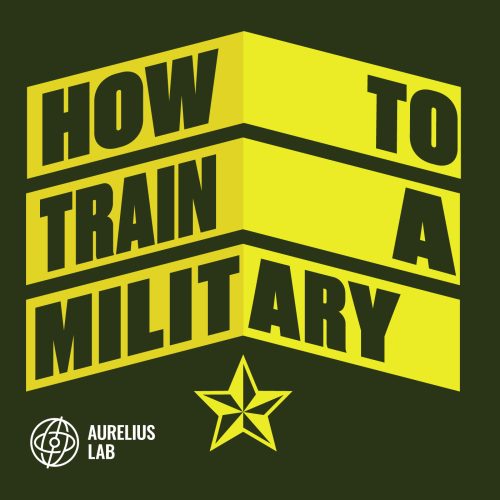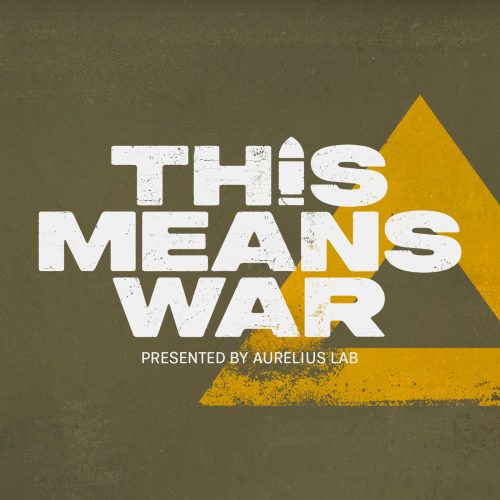CWC – The Directing Staff
The Captain’s Warfare Course in Warminster delivers the key skills to the people expected to execute ‘the fight’ in the British Army. During my visits to the team at Warminster, I was struck by the quality of the staff that had been selected for the Directing Staff positions. This group of people really understood the demands of what was needed from staff officers under the extreme stress of combat. Many of them had been there, done that, and got the t-shirt. Often, they had done it more than once and in more than one sort of headquarters. And more than one sort of war. That diversity of experience is important. The validation of the CWC students cannot, in many ways, be judged for many years. The student coming off the course doesn’t know what they need to know. Their employers – in Brigade headquarters or elsewhere – will also not be able to judge the students post course for at least 6 months to a year after their arrival. And those views will vary hugely depending on the context of each fight: COIN, CT, Conventional arms, hot, arctic, jungle, urban, rural, airborne, armour heavy, coalition, or sovereign – each brings a different set of challenges and requirements. Understanding this diversity requires a set of skills, a set of people that want to adapt and evolve training as fast as realities on the battlefields change, but retaining the foundations and core skills that are needed across the differing demands in different HQs on different operations. All of that requires a dynamism and fluidity in training that too much structure can stymie. Rhys Pogson-Hughes-Emanuel exemplified that approach – something as rare as unicorns back in the day. He had obviously thought a lot about what he wanted the students to leave with: about behaviours and confidence as much as foundational knowledge.
OTHER EPISODES IN SERIES
VIEW ALL























